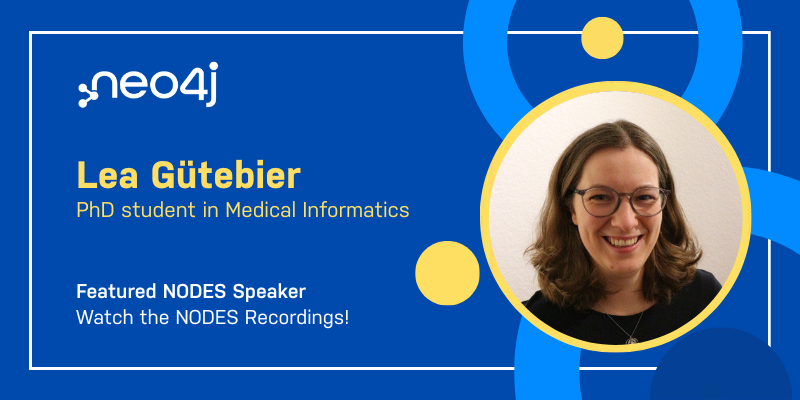This Week in Neo4j: Vertex AI, NaLLM, ThreatMapper, SSO, and More

Sr. Manager, Developer Community
3 min read

Welcome to this week’s newsletter!
This week, you might take a look at Neo4j’s NaLLM project described in Tomaz Bratanic’s blog below. The project focuses on two primary use cases – a natural language interface to a knowledge graph and creating a knowledge graph from unstructured data.
If you are planning on presenting at NODES, this is the last week before the end of the Call for Papers. Here are some tips and tricks to help you with your submission: 10 Ideas to Inspire Your Graph Genius at NODES 2023.
There’s Neo4j product news in the form of integration with generative AI features in Google Cloud’s LLM platform, Vertex AI. Take a look. In a similar vein, you may be interested in Ben Lackey’s blog below on using AuraDS to create graph features and using those new features to solve a classification problem with Vertex AI. All notebook code linked on GitHub.
Have you ever used the Arrows.app? It’s a web-based tool for drawing pictures of graphs. We would love to get some feedback from you in this survey.
You may also be interested to know that Testcontainers has released their second monthly newsletter. Testcontainers enables testing of everything (including Neo4j) in a Docker container.
Cheers,
Yolande Poirier
COMING UP NEXT WEEK!
-
- LiveStream: Discovering AuraDB Free with Michael & Alexander on June 26, 2023.
- All Neo4j Events: Webinar, Live demos, and More.
- GraphSummit Series: Get Connected With Graphs.
FEATURED NODES SPEAKER:
Lea Gütebier
Lea Gütebier works at the Medical Informatics Laboratory (MILA) at the University Medicine Greifswald. For her master’s thesis, she integrated computational models and simulation descriptions of biological systems in the CovidGraph project. Connect with her on LinkedIn
In her NODES 2022 presentation, she dives into the main code repositories included in the HealthECCO graph, explaining the workflow behind the data loading pipeline, and showcasing the use of Neo4j for health data exploration. Watch her talk!
KNOWLEDGE GRAPHS & LLMS: Fine-Tuning Vs. Retrieval-Augmented Generation
In this post, Tomaz Bratanic dives into the limitations of Large Language Models (LLMs) such as knowledge cutoff, hallucinations, and the lack of user customization. He explores solutions of fine-tuning and retrieval-augmented use of LLMs
GOOGLE CLOUD VERTEX AI: Use Graphs for Smarter AI
Here, Ben Lackey, Director, Global Cloud Channel Architecture at Neo4j shows us how to use Google Cloud Vertex AI, an ML development platform, and Neo4j to build and deploy graph-based machine learning models.
APAC TRAINING SERIES: Intermediate Cypher and Data Modeling
Learn everything there is to know to query Neo4j, including the more advanced Cypher functionality, APOC, and everything in between.
AUTH0: How to Implement SSO for Your Neo4j Instance
SCALING THREATMAPPER: Detecting Threats on 100k Servers, 1000s of Cloud Accounts, 2500 K8s Clusters, and Beyond
Deepfence authors Thomas Legris, Ramanan Ravikumar, Manan Vaghasiya, Shyam Krishnaswamy describe the architecture of ThreatMapper, a cloud native application protection platform. Using a graph database as their primary datastore, they model interconnected web applications, network, data and identities.
NEO4J: Building a Recommendation System
Mateusz Jasiński explains how to use Neo4j to create a simple movie recommendation system based on movies watched by followed users. He creates some nodes, adds node-to-node relations, and makes some queries.
TWEET OF THE WEEK: @LangChainAI
Don’t forget to share it if you like it!
🦈Querying graph databases with LLMs can be hard🦈
s/o to @tb_tomaz for adding multiple knobs to turn when using our GraphCypherQAChain
🦵Limit the number of results
🪜Return intermediate results
🎯Return Direct results— langchain (@LangChainAI) June 11, 2023









